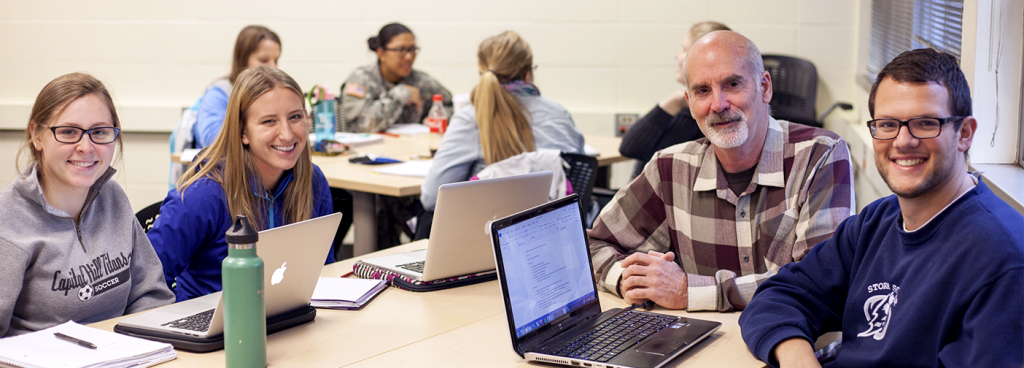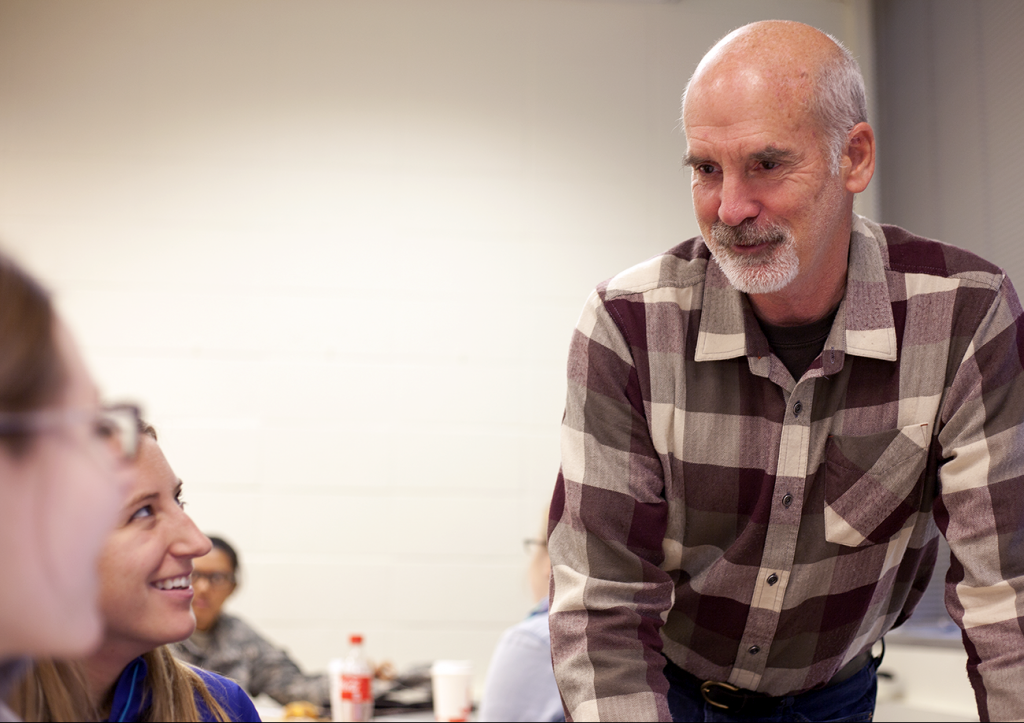
Gregory J. Williams, PhD
School of Education and Kinesiology
Enriching Field Experiences with Virtual Communication
Greg Williams is a Professor in the Department of Education whose research has focused on the development and implementation of effective classroom and behavioral management procedures for children and youth with emotional/behavioral disorders. In his work with students who attend PLU’s teacher training programs, Greg understands the importance of communication and engagement, even when students are participating in field experiences and studying abroad. Technologies for online collaboration and communication make it easier to ensure students stay connected to PLU as they are learning outside the traditional classroom.
What is one instructional strategy or student project that is particularly effective, innovative, or engaging?
“One strategy that has proved to be effective for me is to couple classroom teaching and learning with field experiences. This enables students to receive direct instruction in relevant concepts and skills, applying that knowledge and skill when working with students in real school environments. This increases the likelihood they’ll exit our program with a good set of beginning skills for effective teaching. For example, I’ve had students conduct Functional Behavioral Analyses on children in their field experience, and then share and discuss the results during our class time.”
What supportive technology do you use to implement this strategy/project?
“I’ve used two different platforms to support my classes and other work that I do in different school/educational environments. First, I use Sakai. This is a great resource for communication, storage of resources, posting activities and receiving assignments, and using online forums for ongoing conversations. When I’m working with international students in Mexico, I also augment Sakai with Blackboard Collaborate. This platform mimics an actual classroom: it has a ‘whiteboard’, chat function, the ability to project documents and other resources for students to see, the ability to transfer files to students (as in a handout), and importantly both audio and video feeds. You can see each other, talk in real time, and establish a ‘human’ connection that is missing from online experiences that just use messaging or email functions.”

What are the benefits, for you and your students, of using this strategy or tool?
“The use of both software platforms allows for increased flexibility in how students complete their work. Sometimes the experiences are synchronous and at other times the work is asynchronous. One benefit is that it works well for a group of students who all are living different schedules. Another benefit is that the platforms allow students to asynchronously prepare for synchronous class sessions.”
What advice would you have for someone interested in trying this strategy or tool?
“While the learning curve can be daunting, in the long run the time invested saves time. Try it! Proceed one step at a time as you feel comfortable. You will soon come to appreciate this effective pedagogical tool.”



